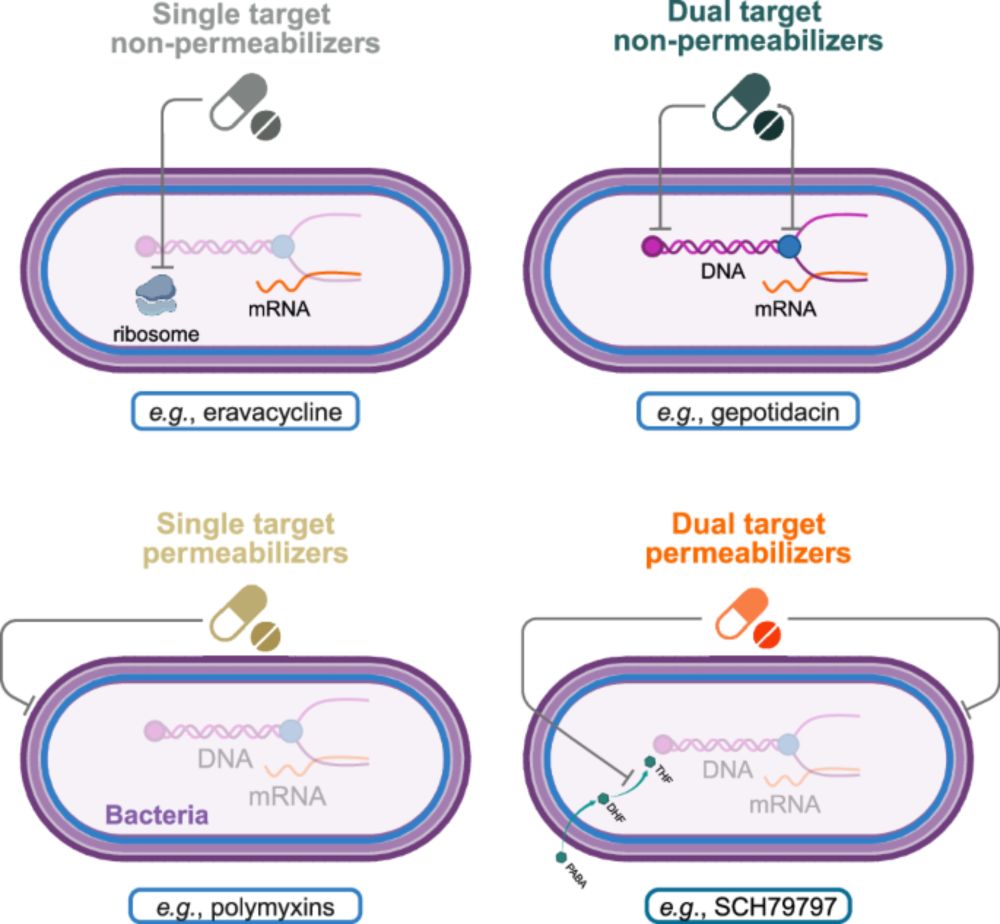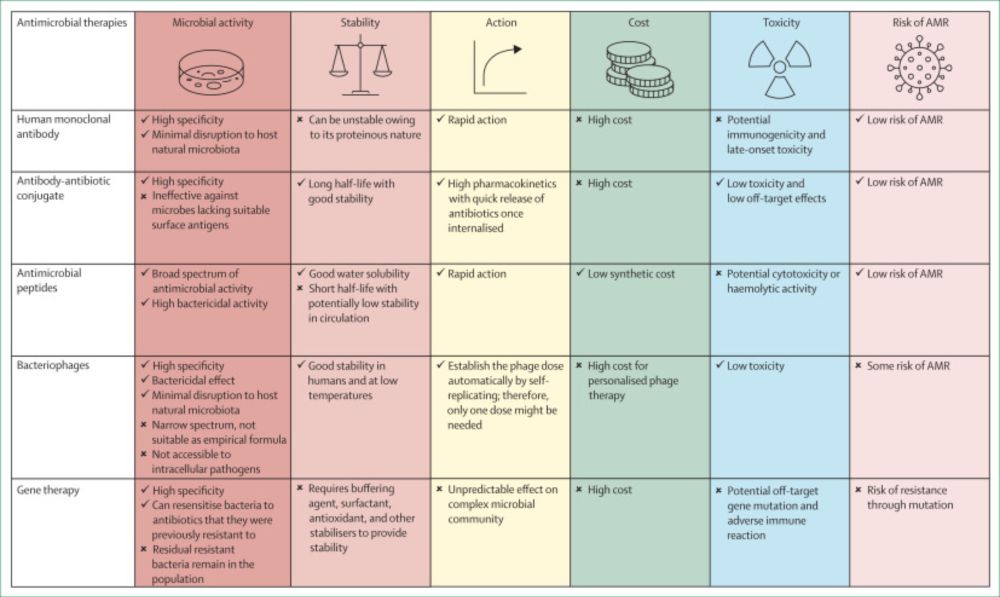#3E #FranceProtests #USprotests #March7Science #StandUpForScience #Mar7
#3E #FranceProtests #USprotests #March7Science #StandUpForScience #Mar7


Always inspiring to work with @epcrocha.bsky.social , Erick D, Camille d'H and everyone else within this super dynamic consortium
@inrae-france.bsky.social[email protected][email protected]! Many thanks for this great journey!🙌

Always inspiring to work with @epcrocha.bsky.social , Erick D, Camille d'H and everyone else within this super dynamic consortium
@inrae-france.bsky.social[email protected][email protected]! Many thanks for this great journey!🙌

asm.org/Articles/202...
web.archive.org/web/20250114...
#MicroSky
Truly brilliant paper with great figures! @lancetmicrobe.bsky.social
www.thelancet.com/journals/lan...

Truly brilliant paper with great figures! @lancetmicrobe.bsky.social
www.thelancet.com/journals/lan...
www.biorxiv.org/content/10.1...

www.biorxiv.org/content/10.1...


